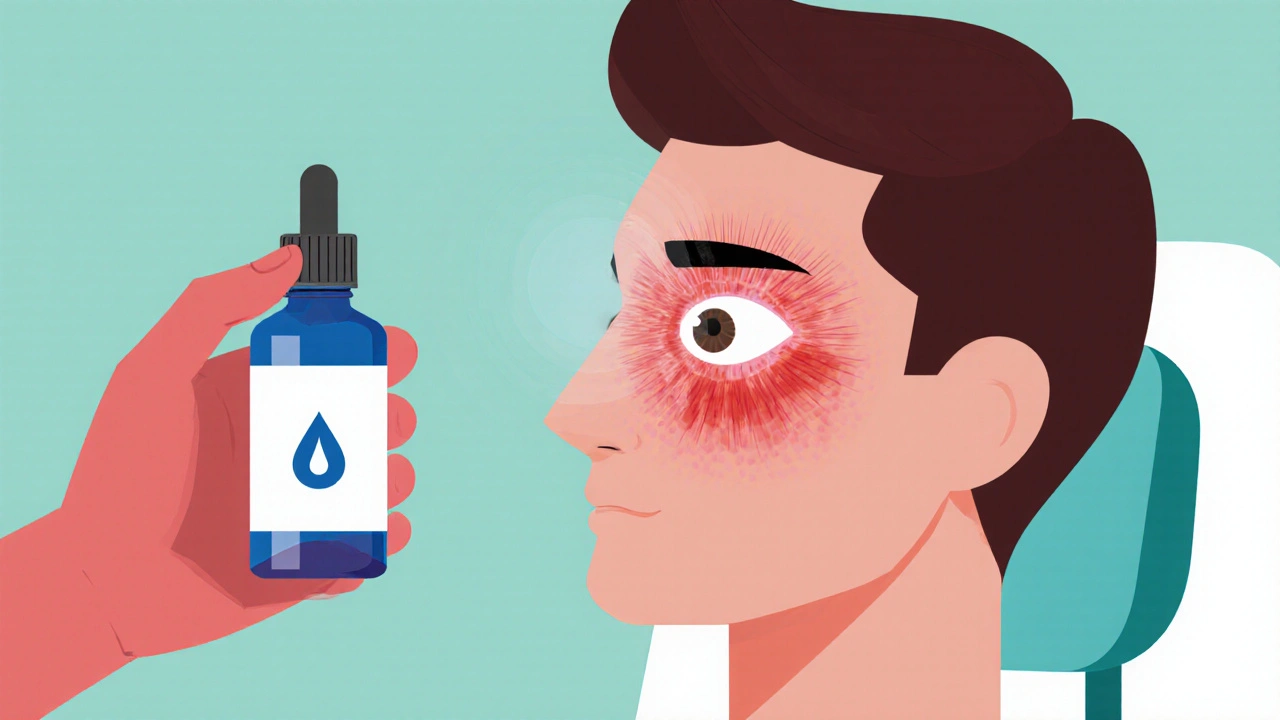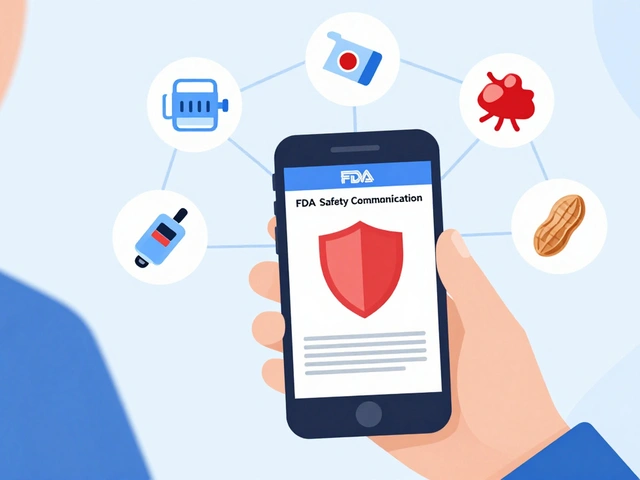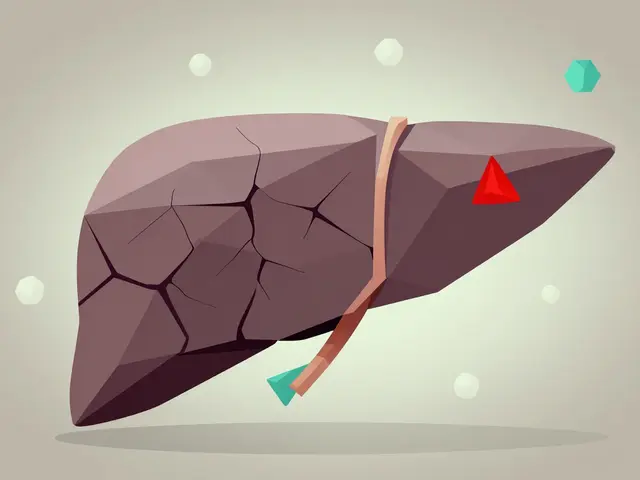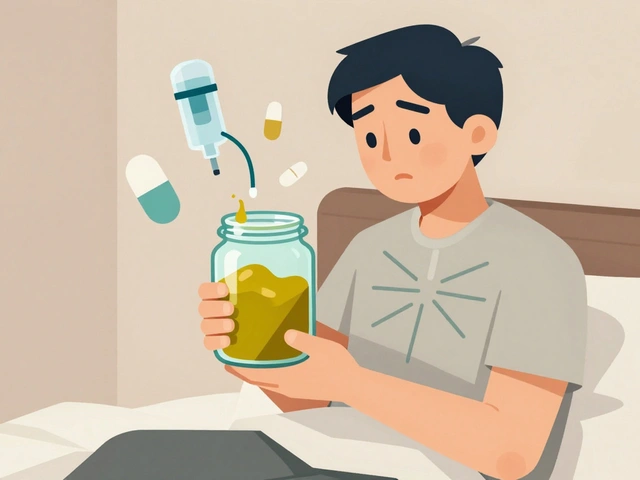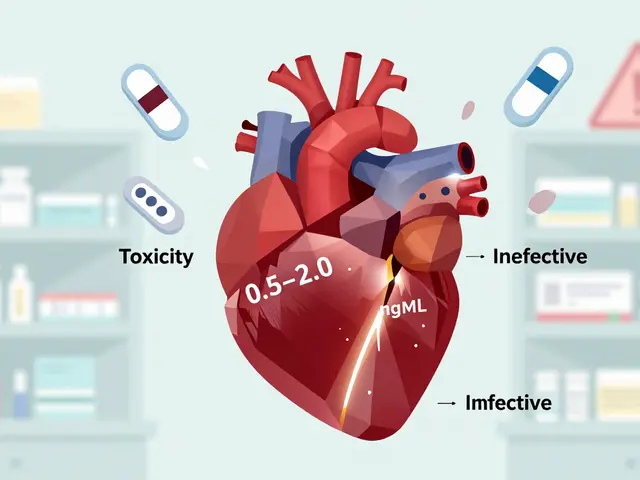Ocular Steroids: What They Are, How They Work, and What You Need to Know
When your eyes are red, swollen, or burning, ocular steroids, a type of corticosteroid medication applied directly to the eye to reduce inflammation. Also known as corticosteroid eye drops, they are one of the most powerful tools doctors use to calm down serious eye conditions. But they’re not a cure-all — and using them without oversight can do more harm than good.
Ocular steroids work by shutting down the body’s immune response in the eye. That’s helpful when your eye is reacting too hard — like in uveitis, allergic conjunctivitis, or after surgery. But that same power can raise eye pressure, cloud your lens, or even cause permanent vision damage if used too long or too often. That’s why they’re prescription-only. You won’t find them on a shelf. And you shouldn’t use them just because your eyes feel irritated. Many people don’t realize that steroid eye drops can hide infections, making them worse before you notice anything’s wrong.
People who use these drops regularly often need regular check-ups to monitor eye pressure and cornea health. If you’ve been on them for more than a few weeks, your doctor should be checking for glaucoma or cataracts — two of the biggest risks. And if you’re switching from one brand to another, don’t assume they’re the same. Different formulations (drops, ointments, injections) work differently, and not all are meant for the same conditions.
What you’ll find here isn’t a list of brand names or dosing charts. It’s real-world insight from people who’ve used these medications, doctors who’ve seen the side effects, and patients who learned the hard way that steroids aren’t harmless. You’ll see how ocular steroids are used for specific conditions — like after corneal transplants or in autoimmune eye diseases — and how they stack up against other treatments. You’ll also find stories from people who tried to self-treat with leftover drops, and what happened when they did. This isn’t about marketing. It’s about what actually works, what goes wrong, and how to protect your vision.
Learn how corticosteroid eye drops control post‑surgery inflammation, compare them to NSAIDs, manage side effects like pressure spikes, and follow best dosing tips.
Continue reading...

